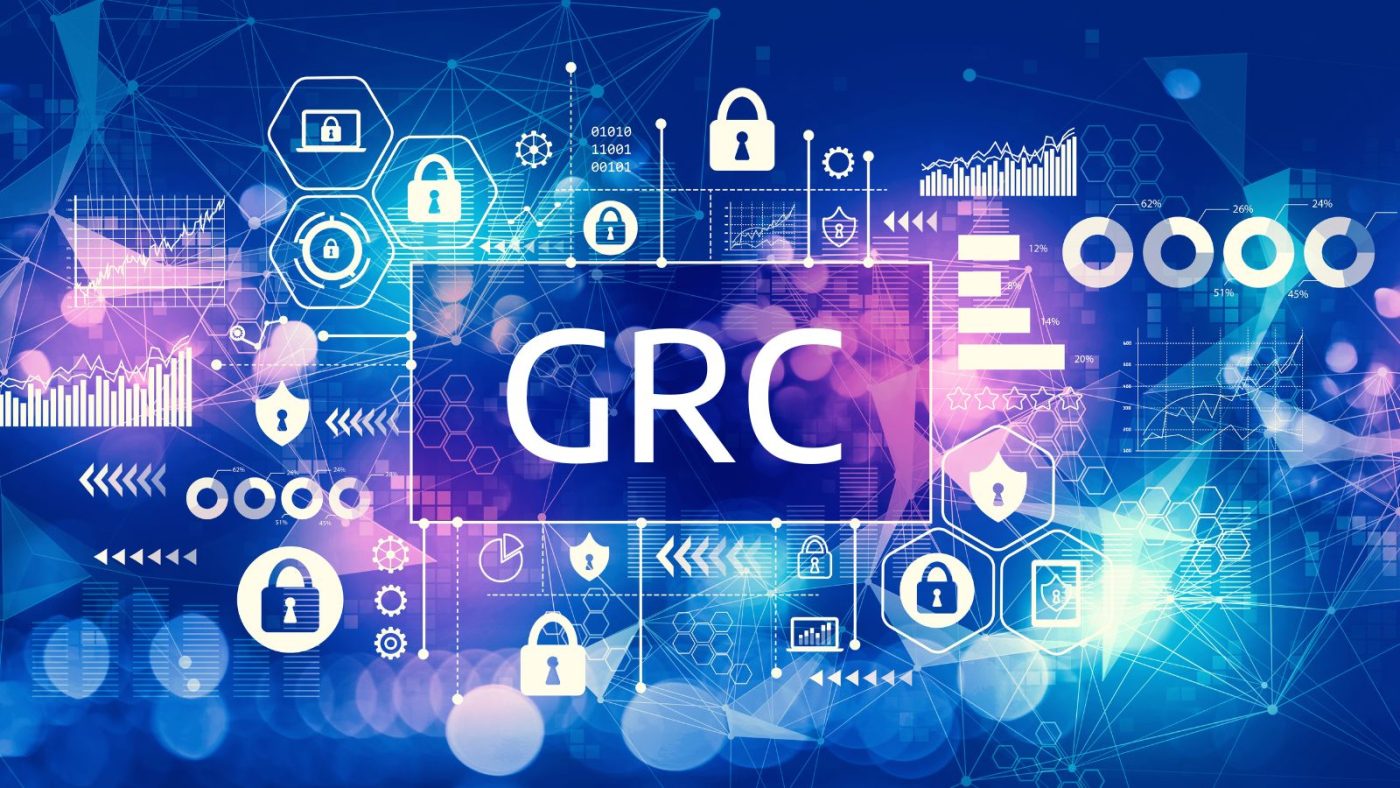Managing compliance with cyber security standards is becoming more challenging for organisations. Many struggle to keep up with rapidly changing regulations, have limited visibility into their controls, and face a shortage of skilled cyber security professionals. While AI presents promising advancements in cyber security, it also introduces additional complexities due to potential vulnerabilities and the absence of clear regulatory guidelines. These challenges underscore the importance of effective Governance, Risk, and Compliance (GRC) solutions. Automated platforms provide a more efficient way to manage GRC, improving both visibility and operational efficiency in an increasingly complex regulatory landscape.
According to PwC’s 2024 report, 35% of executives believe that mandatory reporting on cyber risk management, strategy, and governance is essential for securing their future growth. To achieve this, organisations must navigate complex frameworks (e.g. ISO 27001, NIS2, DORA, PCI DSS, SOC2, and CIS) and their requirements all while dealing with limited resources and tight deadlines.
This blog post will explore how modern GRC tools, also known as Compliance Automation platforms, which leverage automation and AI for greater efficiency gains, can help organisations overcome these challenges.
The Struggles of Manual Compliance
Managing compliance manually can be overwhelming. Tasks like gathering evidence, filling out extensive security questionnaires, and managing multiple compliance frameworks require significant time and resources. For many organisations, this process is inefficient and prone to errors, leading to compliance gaps and increased risks. The complexity multiplies when trying to maintain compliance across various standards and frameworks. Without automation, achieving and maintaining compliance becomes a daunting, resource-intensive endeavour.
The Power of Compliance Automation Platforms
Automated compliance platforms are designed to address these challenges head-on. By automating repetitive tasks, these tools free up valuable resources and reduce the likelihood of human error. Here are some of the key benefits that GRC tools offer:
· Continuous Compliance Monitoring
One of the standout features of modern GRC tools is their ability to provide continuous compliance monitoring. Your organisation’s compliance status is constantly evaluated, with real-time alerts and insights into potential issues. Continuous monitoring helps in quickly identifying and resolving non-compliance issues, ensuring that your organisation remains compliant at all times.
· Efficiency and Cost Reduction
Automated platforms streamline the entire compliance process by automating evidence collection, control mapping, and other repetitive tasks. This not only speeds up compliance efforts but also reduces operational costs by minimising the need for manual labour.
· Improved Risk Management
With continuous monitoring and automated risk assessments, GRC tools enable organisations to identify and mitigate risks proactively. This ensures that potential issues are addressed before they can escalate into significant problems.
· Enhanced Collaboration
GRC platforms promote better collaboration across departments by offering task tracking and notification features. This ensures that all stakeholders are aligned, and compliance tasks are completed efficiently.
· Faster Compliance
Automated compliance tools accelerate the process of achieving compliance by mapping controls and evidence across multiple frameworks. This significantly reduces the time required to become compliant, even as new regulations emerge.
Who Manages the GRC Tool?
Typically, the responsibility for managing a GRC tool lies with the compliance or risk management teams. However, effective implementation and use often require collaboration across various departments, including IT, legal, and human resources. On average, several hours per week are dedicated to maintaining and updating the platform, ensuring that it continues to meet the organisation’s evolving needs.
Change Management and Gap Identification
Managing changes within the GRC tool is crucial. Organisations need a clear process for authorising and implementing changes to the platform, including regular reviews to identify any compliance gaps. Addressing these gaps promptly is essential to maintaining continuous compliance.
Integration with Other Systems
Modern GRC tools offer API connectivity, enabling seamless integration with other critical systems such as Cloud (Azure, AWS), M365, Endpoint Detection and Response (EDR) platforms, Security Information and Event Management (SIEM) systems, HR and employee training platforms. This integration ensures that compliance efforts are harmonised with broader security and operational strategies.
The Importance of User Training
While automated compliance platforms are powerful, they can also be complex. User training is crucial to ensuring that your team can fully leverage the platform’s capabilities. A small investment in training can significantly enhance the effectiveness of your compliance efforts.
Conclusion
CommSec has partnered with a leading GRC platform with automation and continuous monitoring capabilities that are designed to help organisations streamline their compliance processes, reduce manual workloads, and improve risk management.
For organisations looking to improve their compliance strategies, we highly recommend scheduling a demonstration. Understanding how this platform can be tailored to your specific needs is the first step towards achieving more efficient and effective compliance management.
Contact us today for a one-to-one demo and discover how CommSec can transform your compliance efforts.

